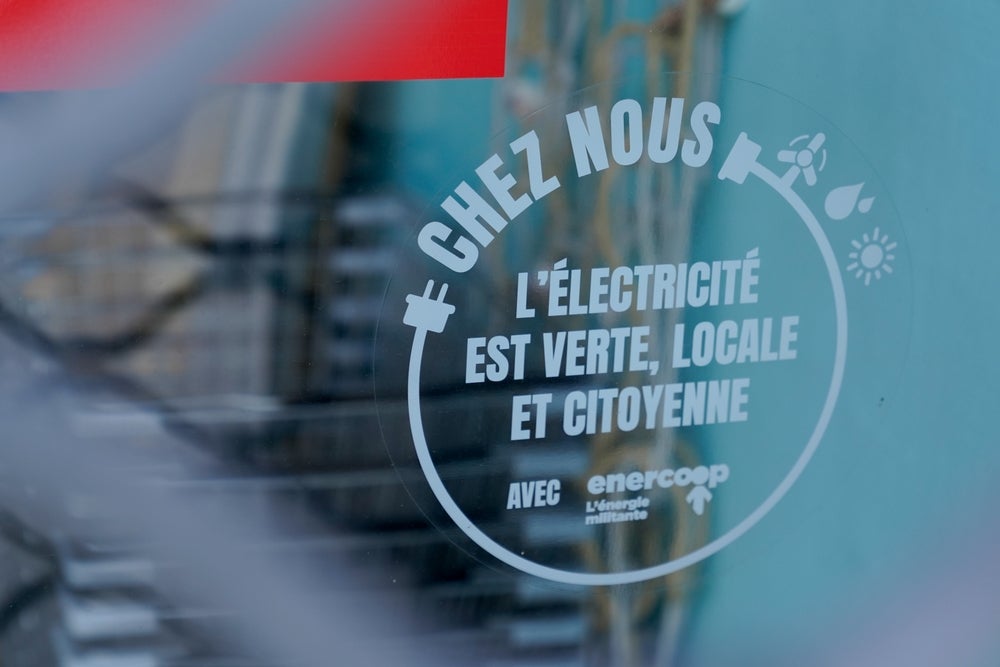Wind and solar power are rapidly displacing fossil fuel technologies and increasingly dominate electricity generation. This growth in renewable generation softened the blow of rising energy costs for many Europeans last winter. Yet the record-breaking heatwaves, droughts and wildfires that wreaked havoc across Europe this summer underline that more needs to be done on renewables – and urgently.
Slow and complex authorisation procedures have been identified as a key obstacle to the expansion of renewable energy sources. The REpowerEU plan, the Emergency Council Regulation on the acceleration of renewables, and the most recent adoption of the revised EU Renewable Energy Directive (RED) aim to simplify and accelerate the approval process for new renewable energy projects.
These new EU rules can work. Their success on the ground now lies in the hands of EU member states. It is up to them to implement the rules wisely, ensuring public participation and community involvement, as well as synergies with nature conservation. It is also up to the European Commission to monitor progress and provide support.
Planning makes perfect
Thousands of gigawatts of renewable power generation capacity need to be added to Europe’s energy mix every year for it to limit global warming to 1.5°C, according to the Paris Agreement Compatible energy scenario developed by Climate Action Network Europe and the European Environmental Bureau. An energy transition of this magnitude is not just about technological change; it has several social and environmental implications that need to be taken seriously.
As public authorities and renewable energy developers gear up to accelerate the deployment of renewable energy installations and electricity grids, the first question they should be asking is: how can we plan ahead to maximise benefits to local communities and minimise impacts on biodiversity?
Part of the answer lies in careful mapping and spatial planning to identify the most suitable locations for renewable energy development and guide acceleration accordingly. The recently adopted RED requires countries to map their territory and designate ‘acceleration zones’ for renewable energy developments. Integrating reliable data on land use and environmental sensitivity, together with accurate information on local energy demand, socioeconomic sensitivity, grid access and renewable energy potential, is crucial.
Evidence-based planning will direct the bulk of onshore and offshore renewable energy development where environmental and social impacts are minimised. Collecting reliable data through proper environmental assessments is also key to this. Project-level assessments can help fill existing knowledge gaps and identify appropriate mitigation measures to prevent and reduce impacts on biodiversity in any suitable location, including outside the acceleration zones.
Innovation and upskilling
To ensure that the accelerated renewable energy machine doesn’t grind to a halt, it is essential that administrations are equipped with the right tools and skilled staff.
Geographic information systems (GIS) can be a valuable resource for planners and developers to identify no-regret sites. For example, mapping out brownfield sites (abandoned coal mines or industrial parks, for example) for new renewable energy projects can save valuable planning time. Innovation is also needed in terms of skills, as planners and local authorities need to have the necessary knowledge to use GIS and make it an integral part of planning processes.
On the technology side, governments must work with local authorities to move the planning process fully online. Many examples highlight a pressing need for digital permitting tools to streamline project assessments and approvals. These should help permitting authorities and developers synchronise their workflows and facilitate access to relevant data. Public access to continuously updated project permitting processes should also be facilitated.
An essential part of getting these tools up and running is administrative capacity. Recruiting and training sufficient staff in the relevant departments of planning and permitting authorities is an absolute priority to ensure the quality of environmental screening and assessment, to anticipate and address potential legal challenges, and to reduce permitting times in practice.
Building public support for renewables in Europe
There is undeniable support among civil society and the general public for increasing the uptake of renewable energy across the EU. Yet local opposition is considered one of the biggest barriers to renewable energy deployment. The ‘Not In My Backyard’ (NIMBY) argument is often used to explain this, suggesting that people are in favour of renewable energy as long as it is not near them.
However, this is an oversimplification that fails to capture a more complex reality. In fact, when local people are consulted early and their views taken into account, project approvals become easier and faster. It is essential that developers engage with local communities as early as possible and involve them in the decision-making process in a tangible way. Public consultations on the design and siting of utility-scale projects can dramatically reduce the likelihood of subsequent legal challenges. This could be a game-changer in preventing new solar and wind projects from being held up in court.
What is more, there is growing demand for self-production and collective ownership of renewable energy assets. Democratic energy communities are growing steadily across the EU, allowing residents to invest directly in projects and fully benefit from their financial returns.
With the groundwork in place for a rapid acceleration towards locally produced renewable energy in Europe, now is the time for administrations to convince citizens this is the right revolution. By promoting a participatory, environmentally sound and benefit-sharing energy transition, we can lead Europe towards ‘Yes, in my backyard’.



